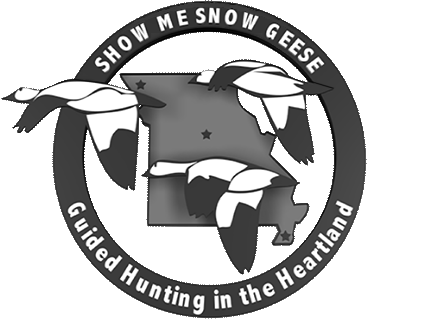Native to North America, the snow goose is a species whose name derives from its usually white plumage. Watching these birds fly down is one of the most beautiful things to experience since we feel as though we’re inside a snow globe.
down is one of the most beautiful things to experience since we feel as though we’re inside a snow globe.
These birds are loud and can eat their way through wetlands and cornfields. Although white plumage is the most common, spotting a ‘blue goose’ among them is not that hard since in the Mississippi flyway they make up over 40% of the population..
North American Migration Paths We can find these bird species loafing in bodies of water and feeding in harvested fields during late fall and winter in the United States or when they pass overhead during their migration south and again north in the spring.
When the spring and fall migration times are near, snow geese will stop in open habitats, typically in the North American flyways. They’re hard to miss if they’re around: we’ll often hear many making a loud nasal one-syllable honk.
The migration path of the lesser snow goose travel is the Central Flyway, the Mississippi Flyway, and lastly, the Pacific Flyway. Overall, these birds go through prairie and rich grain belt and wintering grounds, particularly in the Gulf coastal plain.
On the other hand, the greater snow geese travel through the Atlantic flyway in a relatively smaller and more restricted range until they reach the Atlantic coastal plain.
Egg Clutch Size
The snow goose has an incubation period of 24 days, and its egg clutch size is from two to six eggs.
Lifespan and Overabundance
The exact lifespan of the snow goose is unknown. However, experts believe it lasts a long time - some professionals also think geese can live up to 26 years.
Furthermore, the snow geese population is increasing at a steady rate. Although it’s on the ‘Least Concern’ category on the IUCN Red List, the fact that numbers are growing and that these birds have such a lifespan could become a problem in the long run.
Damage to Tundra
Nowadays, scientists say there are problems in the tundra, and it’s partly due to the action of snow geese. The past three decades have had an intense explosion in these birds' population, which reduced acres of vegetated marsh to a desert.
Previously vegetated salt and freshwater marsh is now something completely different. Currently, the snow geese's overpopulation represents a threat to the ecosystem since they’ve also drawn other species away.
Such drastic changes in the ecosystem could need years to rebound. A group of scientists has tracked the situation for years now, and they have suggested that the solution is to kill a significant number of these birds.
Conclusion
Snow geese are a beautiful bird species native to the United States. They travel through specific places in North America and can have a long lifespan.
This bird species is eye-catching because we’ll often see it traveling in loud, winter-white flocks. However, since a few years ago, its numbers have drastically increased, and its existence has made changes in the tundra ecosystem.
Problems with the snow geese have intensified so much that nowadays, scientists suggest that the solution is to kill a significant number of them. Otherwise, the changes in the tundra ecosystem could harm other species, and coming back from it may take years.

